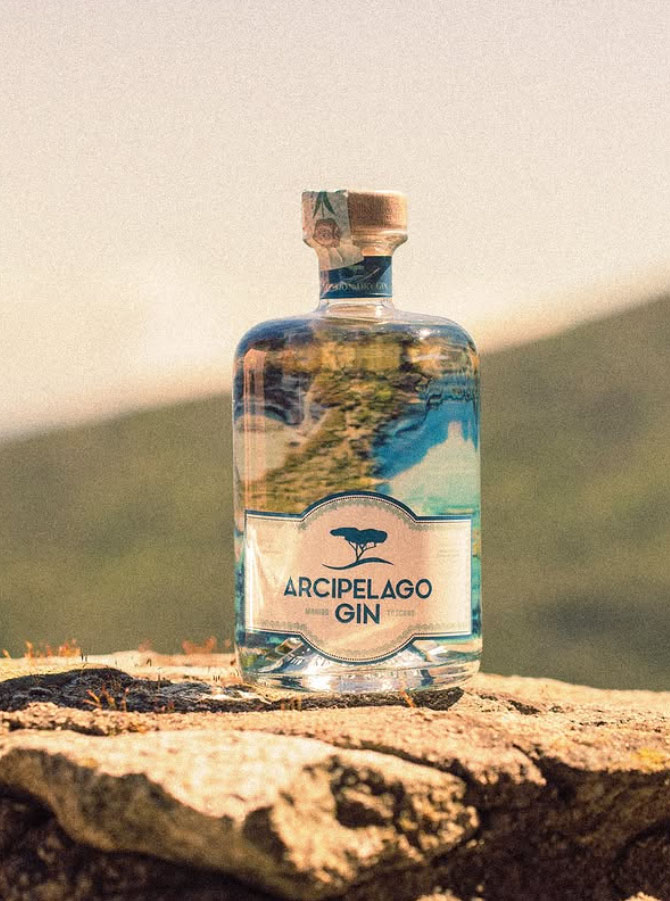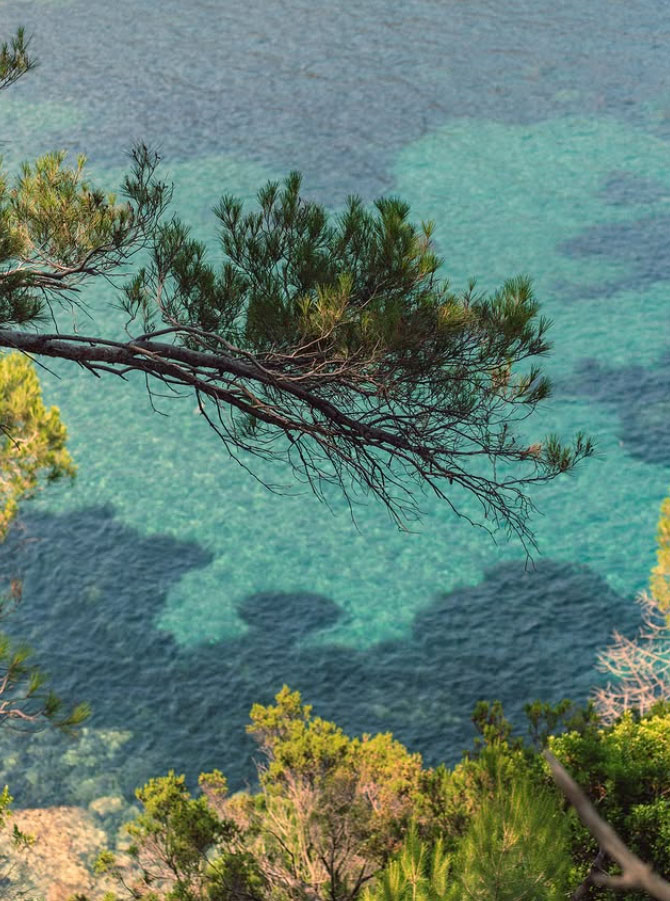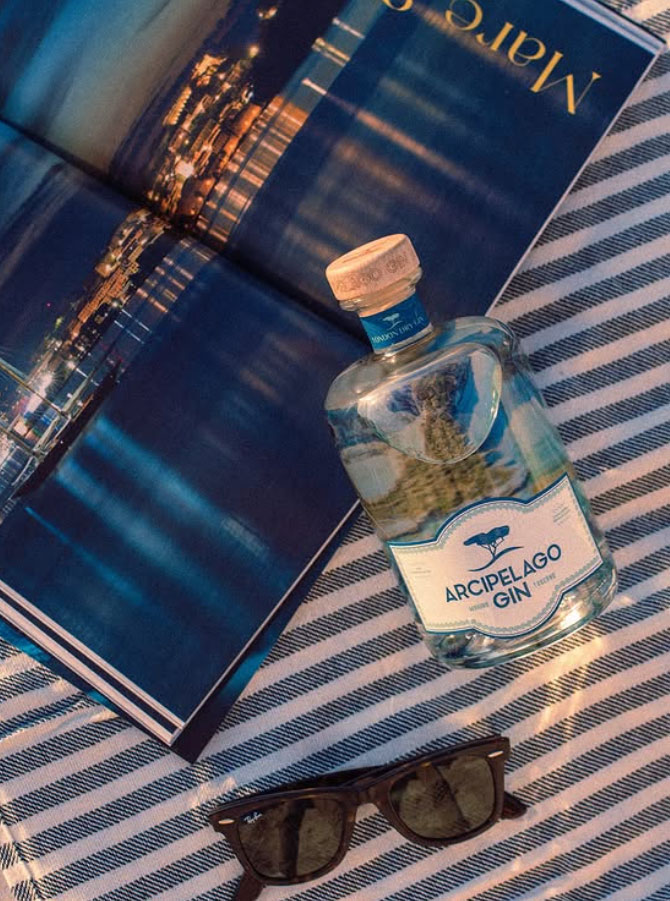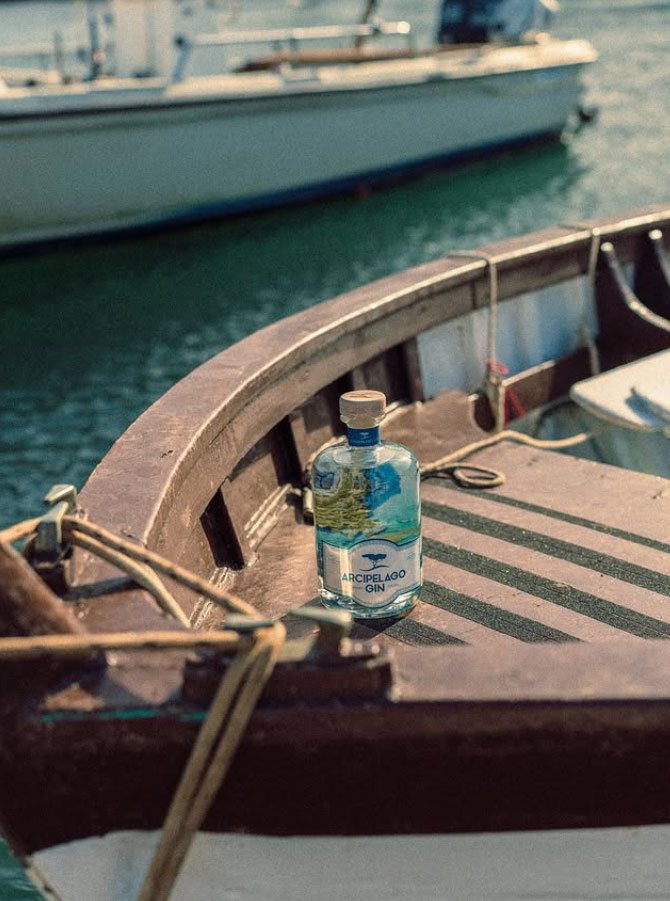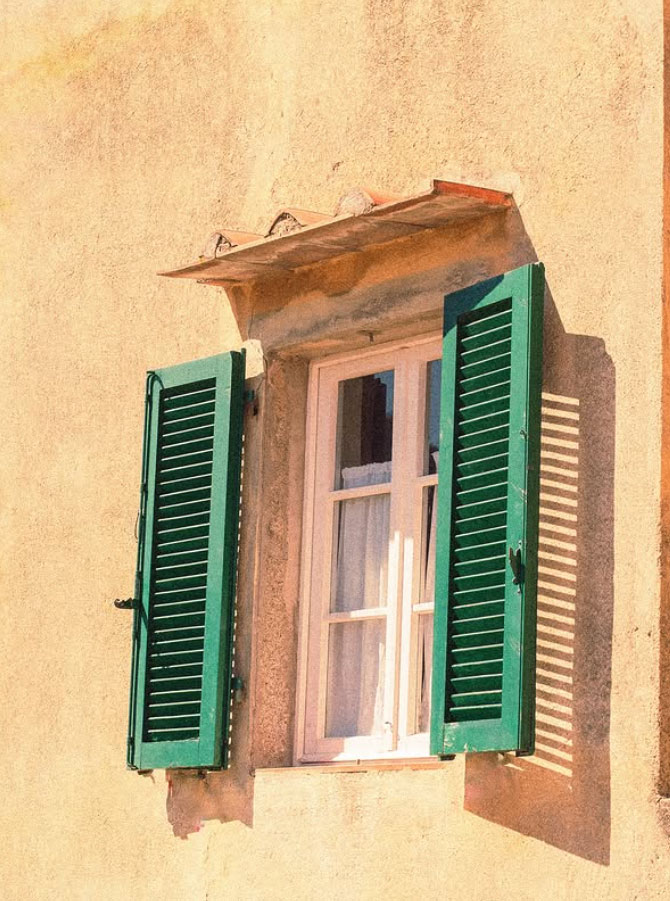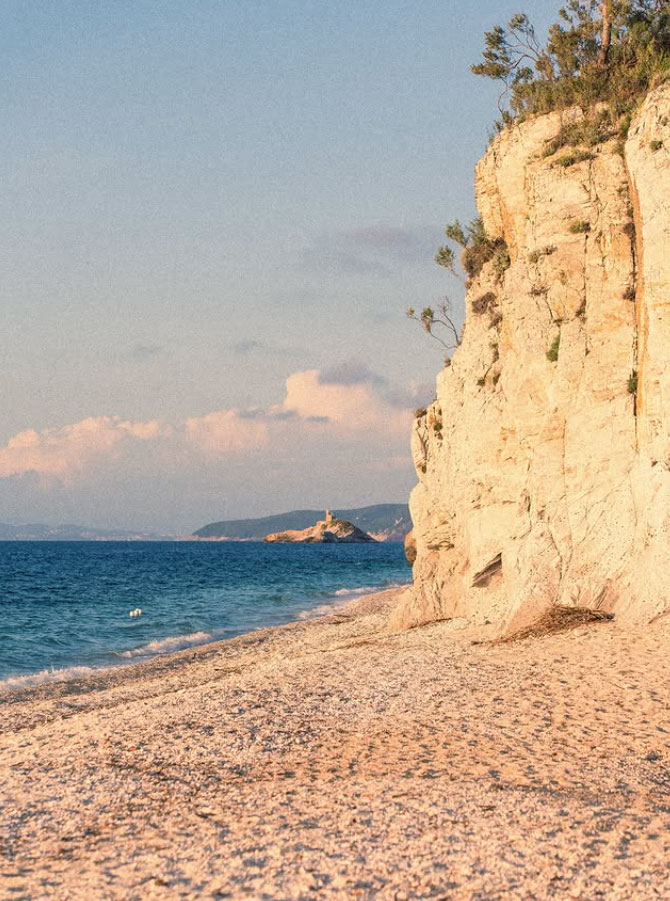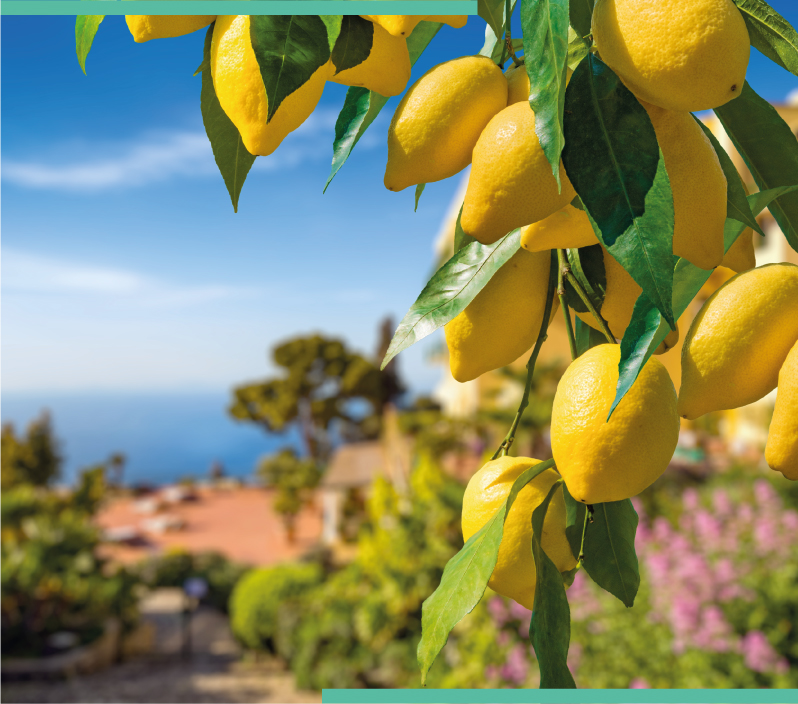
Lemons from Elba islands
![]() Citrus Limon
Citrus Limon ![]()
The island of Elba has been known since ancient times for the richness and variety of its plants and crops.
Among these, lemons (along with other citrus fruits) were frequently mentioned by travelers crossing the island from one end to the other.
As early as the early 1700s, Governor Giovan Vincenzo Coresi del Bruno wrote about the great abundance of citrus trees visible from west to east: lemons, “porto galli” (a type of orange), citrons, and bergamots.
These varieties were introduced by the Genoese, who had sourced them from the Sicilians, whose territory under Arab rule, was the first in Europe to cultivate citrus fruits originating from Central Asia.
In short, citrus cultivation was a long-standing tradition on the island. Even today, lemon groves on Elba are far more widespread than one might expect.
Helichrysum from Capraia Island
![]() Helichrysum Italicum
Helichrysum Italicum ![]()
An aromatic plant from the Compositae family, this perennial shrub features dense, unbranched stems (about 30 cm tall) and narrow, lance-shaped leaves whose edges curl toward the ground. The entire plant is covered in fine whitish hairs that release a powerful, distinctive fragrance.
Its pale yellow flowers bloom in umbrella-shaped clusters during the summer months. The name Helichrysum comes from the Greek helios (sun) and chrysos (gold), as the flower heads gleam in the sunlight like tiny pieces of gold. Blooming occurs between June and July.
On the island of Capraia, it thrives in the most rugged and windswept areas. In particular, around Cala Rossa, it forms a wide garrigue across the stony volcanic terrain, creating a striking contrast between the deep red of the rocks and its rounded, silvery cushions.
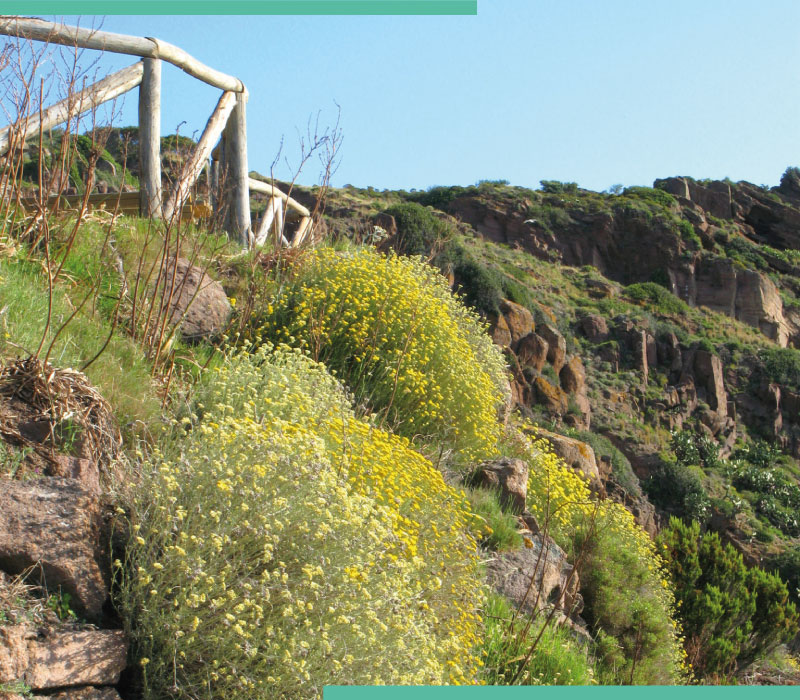
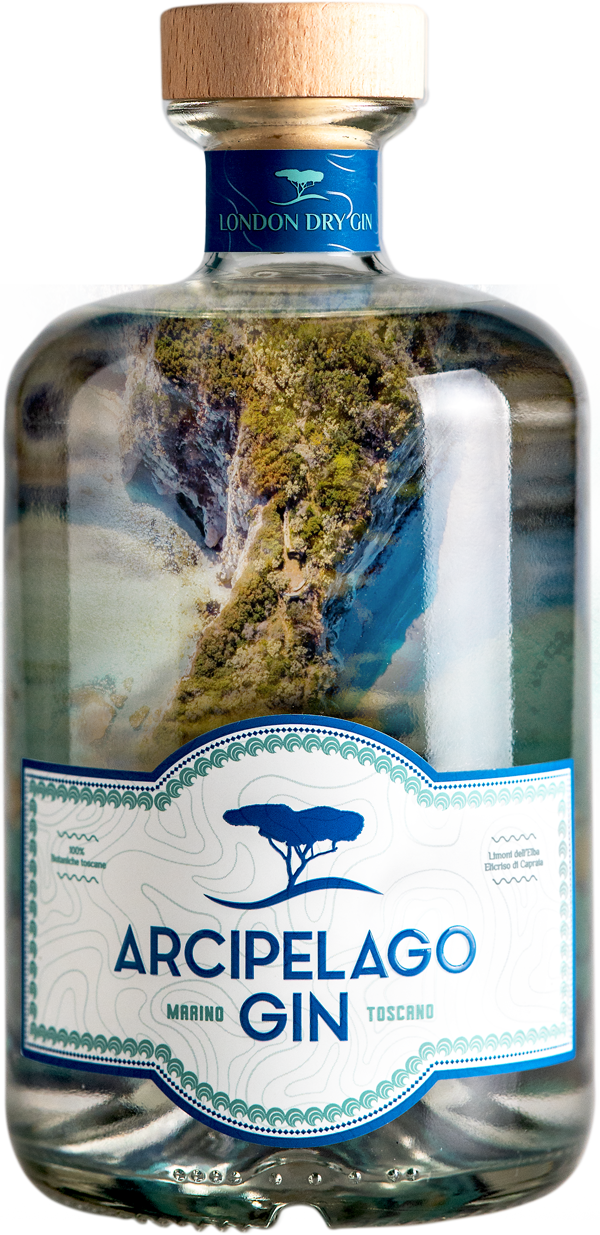
Other botanicals
OCIMUM BASILICUM
From Tuscany
CITRUS SINENSIS
From Tuscany
ROSMARINUS OFFICINALIS
From Tuscany
THYMUS VULGARIS
From Tuscany
JUNIPERUS COMMUNIS
From Tuscany
Tuscan tradition
